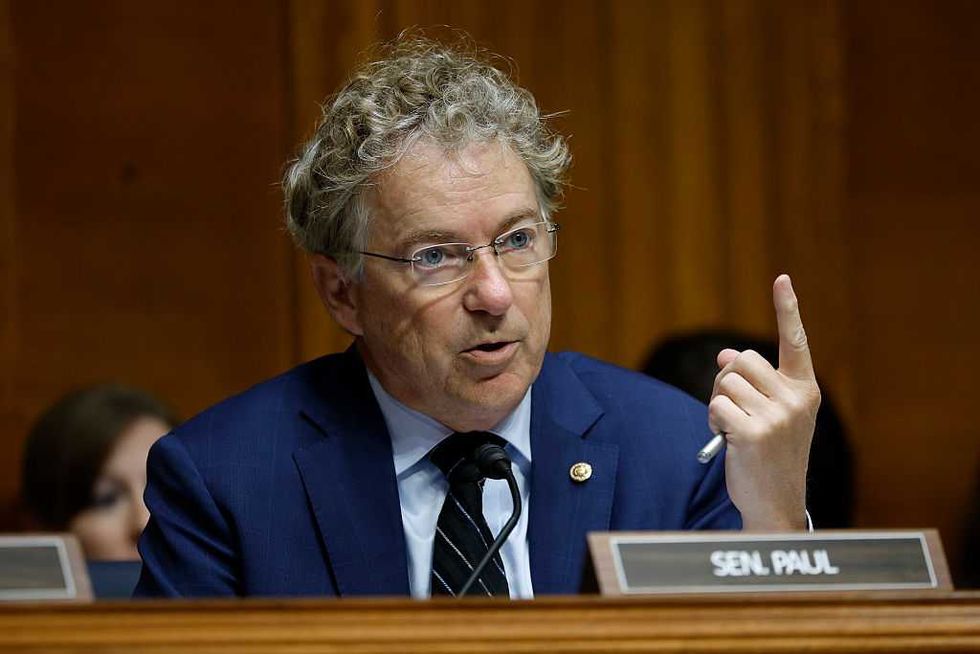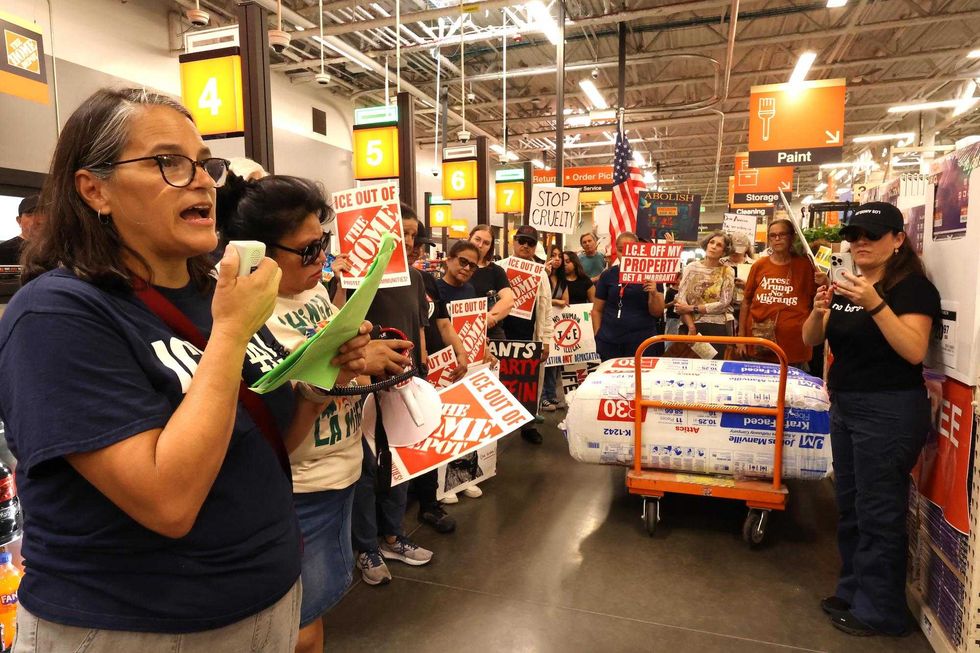25 Years Later: Abortion Pill Devastation Only Gets Worse

On Sept. 28, 2000, the Food and Drug Administration approved the abortion pill mifepristone. 25 years later, the devastation is hard to fully capture.
Live Your Best Retirement
Fun • Funds • Fitness • Freedom
In the wake of mifepristone’s approval, millions of unborn children have been lost—reversing the enduring long-term decline of abortion in America. Meanwhile, their mothers suffered immeasurable harms—emotionally, physically, and spiritually.
And now, post-Roe v. Wade, mifepristone’s easy availability is undermining states’ efforts to protect women, girls, and unborn children.
Mifepristone is Dangerous
Just how risky is mifepristone?
According to the drug label, 85% of women will have at least one adverse reaction—such as nausea, fever, or vomiting. 8% of women may bleed for more than 30 days.
The complication rate from abortion pills is four times that of a first-trimester surgical abortion. Serious complications include severe bleeding, infection, and undiagnosed ectopic pregnancy. One out of every 22 women who take the drug will end up in the emergency room, according to the label.
Mifepristone has been associated with 36 deaths, thousands of serious adverse events, and hundreds of known life-threatening complications based on postmarketing safety reports. That’s not accounting for weak state and federal reporting requirements, which mean the numbers are drastically undercounted.
One recent study even found that the adverse-event rate for these drugs is 22 times higher than the rate reported on the FDA label.
Sordid Regulatory History Requires Fresh Review
Mifepristone’s approval process was politicized from the start, with officials from the highest levels of the Clinton administration working behind the scenes to bring the European drug to market in the U.S and fast-track its review process.
Over the years, bare-minimum safety standards have been weakened, and in some cases even thrown out entirely.
FDA officials even stopped requiring abortionists to report data about serious adverse events, then turned around and pointed to a lack of reports as an excuse to weaken safety protocols even further.
Now, the FDA has a chance to promote health and save lives by fixing the reckless policies of previous administrations. It’s encouraging that the Department of Health and Human Services says that a review of safety data is taking place.
But let’s be very clear—if the same bureaucrats who approved the drug in the first place are the ones conducting the “review,” that’s the equivalent of letting the fox guard the henhouse.
Those who removed safety standards year after year shouldn’t be asked to decide whether the status quo they created is acceptable. If HHS is going to do a review, that review must be done right.
First, the FDA should use an independent advisory committee panel with public membership and without conflicts of interest. That would be a sharp break from the original approval process, in which the FDA broke precedent by not disclosing who reviewed mifepristone.
Second, the FDA shouldn’t rely on whatever data abortion pill manufacturers decide to share, or on the incomplete self-reported adverse events data that providers sometimes submit. Instead, it should take into account all available adverse event reports and claims data, making them available for independent analysis.
Third, the agency should examine drug safety by subgroup, evaluating information like location, gestational age, age of the mother, prior abortion history, how the woman obtained the drug, etc.
Finally, the FDA should examine how current risk evaluation and mitigation strategies have boosted cases in which abortion pills end up in the hands of people they weren’t prescribed to. Further, it should explore the extent to which prescribers dispense abortion drugs beyond the terms of the policies set.
Why This Is Important
Getting this right matters. After all, the stakes are, quite literally, life and death.
These drugs are hurting more and more people every year. And beyond mere drug safety concerns, abortion pills also corrupt the practice of medicine, hurt women who never wanted an abortion in the first place, and stifle otherwise strong efforts in pro-life states to protect women and babies and build a culture of life.
Corrupting Medicine.
Abortion advocates accuse pro-lifers of inserting government into the doctor-patient relationship when they advocate for policies like better drug safety standards for abortion pills. But under the current abortion pill-driven landscape, there is no doctor-patient relationship. The online pharmacies shipping pills across the country have no “relationship” with the person ordering pills with a few clicks of a mouse. Instead, those who want to protect moms and babies from a dangerous drug are accused of invading a “doctor-patient” relationship that doesn’t functionally exist. The abortion industry’s current operational “standards” are bad medicine.
Coercion and abuse.
With abortion pill distribution largely moved online and to the mail, more and more people can get their hands on these drugs when they aren’t even pregnant. They can then coerce women to take them without knowledge or consent. The Heritage Foundation has been tracking reports of such cases since the most recent time the FDA weakened safety protocols in 2023. This isn’t an exhaustive list—it includes only cases where the information is public in court filings or the perpetrator has been charged with a crime. We have no way to know how often this happens. But we do know that cases continue to trickle into the public eye—and that many of these crimes wouldn’t be possible if the FDA hadn’t prioritized abortion ideology and “access” over women, girls, and babies’ health and safety. There’s a unique irony when those who claim to be “pro-choice” have nothing to say about women being forced into an abortion they didn’t choose.
Thwarting lifesaving gains.
Post-Dobbs, many states enacted strong pro-life laws. But thanks to abortion pills being shipped into pro-life states, these policies’ lifesaving effect has been muted. Even the nationwide abortion numbers haven’t shown the decline that many hoped for. Rather, the enduring decline of abortions first slowed and then reversed after the Obama administration gutted abortion pill safety protocols in 2016.

Unless the FDA puts science and safety over the abortion industry’s demand for “access” to risky drugs, these pills will continue to harm countless Americans. That’s damage we’ve already seen over the past 25 years.
If the FDA truly wishes to make America healthy again, it needs to prioritize women, girls, and unborn children by ensuring that mifepristone doesn’t have another quarter-century to wreak havoc on their lives, bodies, and future health.
The post 25 Years Later: Abortion Pill Devastation Only Gets Worse appeared first on The Daily Signal.
Originally Published at Daily Wire, Daily Signal, or The Blaze
What's Your Reaction?
 Like
0
Like
0
 Dislike
0
Dislike
0
 Love
0
Love
0
 Funny
0
Funny
0
 Angry
0
Angry
0
 Sad
0
Sad
0
 Wow
0
Wow
0











































































